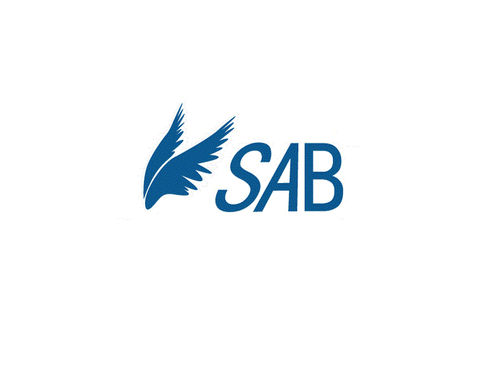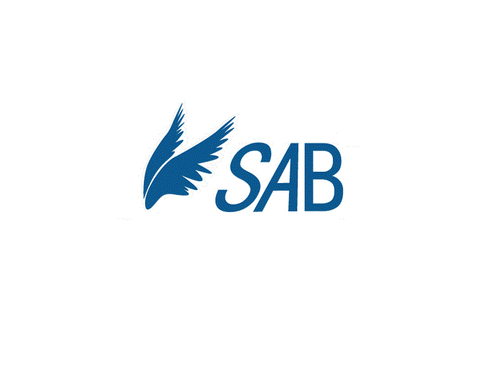Product Description
MAP3K13 Antibody | 63-335 | ProSci
Host: Rabbit
Reactivity: Human
Homology: N/A
Immunogen: This MAP3K13 (LZK) antibody is generated from rabbits immunized with a KLH conjugated synthetic peptide between 854-884 amino acids from the C-terminal region of human MAP3K13 (LZK) .
Research Area: Signal Transduction
Tested Application: WB, IHC-P
Application: For WB starting dilution is: 1:1000
For IHC-P starting dilution is: 1:10~50
Specificiy: N/A
Positive Control 1: N/A
Positive Control 2: N/A
Positive Control 3: N/A
Positive Control 4: N/A
Positive Control 5: N/A
Positive Control 6: N/A
Molecular Weight: 108 kDa
Validation: N/A
Isoform: N/A
Purification: This antibody is purified through a protein A column, followed by peptide affinity purification.
Clonality: Polyclonal
Clone: N/A
Isotype: Rabbit Ig
Conjugate: Unconjugated
Physical State: Liquid
Buffer: Supplied in PBS with 0.09% (W/V) sodium azide.
Concentration: batch dependent
Storage Condition: Store at 4˚C for three months and -20˚C, stable for up to one year. As with all antibodies care should be taken to avoid repeated freeze thaw cycles. Antibodies should not be exposed to prolonged high temperatures.
Alternate Name: Mitogen-activated protein kinase kinase kinase 13, Leucine zipper-bearing kinase, Mixed lineage kinase, MLK, MAP3K13 (HGNC:6852)
User Note: Optimal dilutions for each application to be determined by the researcher.
BACKGROUND: Protein kinases are enzymes that transfer a phosphate group from a phosphate donor, generally the g phosphate of ATP, onto an acceptor amino acid in a substrate protein. By this basic mechanism, protein kinases mediate most of the signal transduction in eukaryotic cells, regulating cellular metabolism, transcription, cell cycle progression, cytoskeletal rearrangement and cell movement, apoptosis, and differentiation. With more than 500 gene products, the protein kinase family is one of the largest families of proteins in eukaryotes. The family has been classified in 8 major groups based on sequence comparison of their tyrosine (PTK) or serine/threonine (STK) kinase catalytic domains. The tyrosine-like kinase (TLK) group consists of 40 tyrosine and serine-threonine kinases such as MLK (mixed-lineage kinase) , LISK (LIMK/TESK) , IRAK (interleukin-1 receptor-associated kinase) , Raf, RIPK (receptor-interacting protein kinase) , and STRK (activin and TGF-beta receptors) families.
 Euro
Euro
 USD
USD
 British Pound
British Pound
 NULL
NULL












